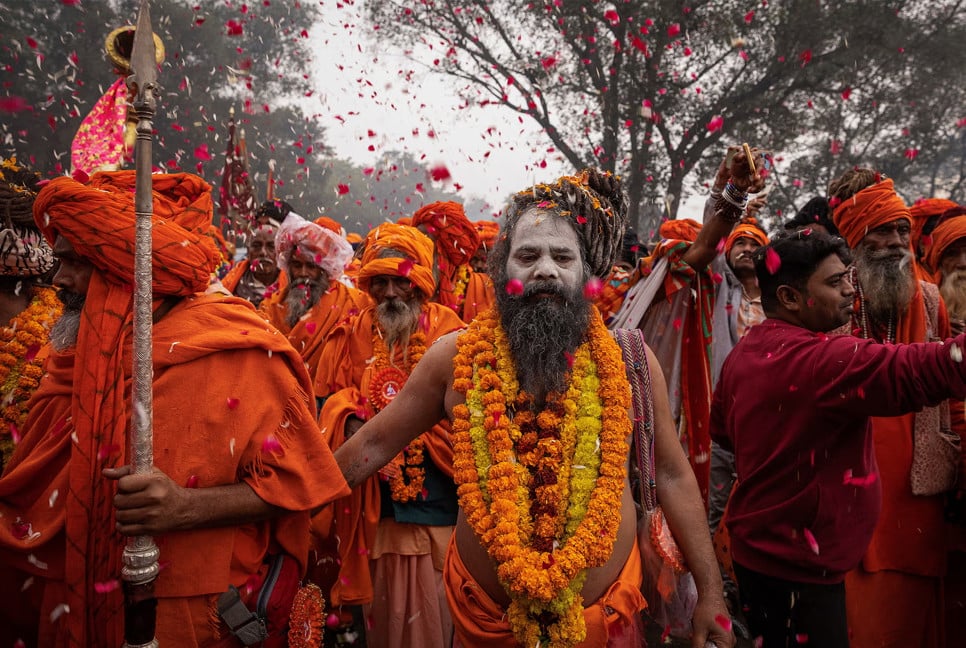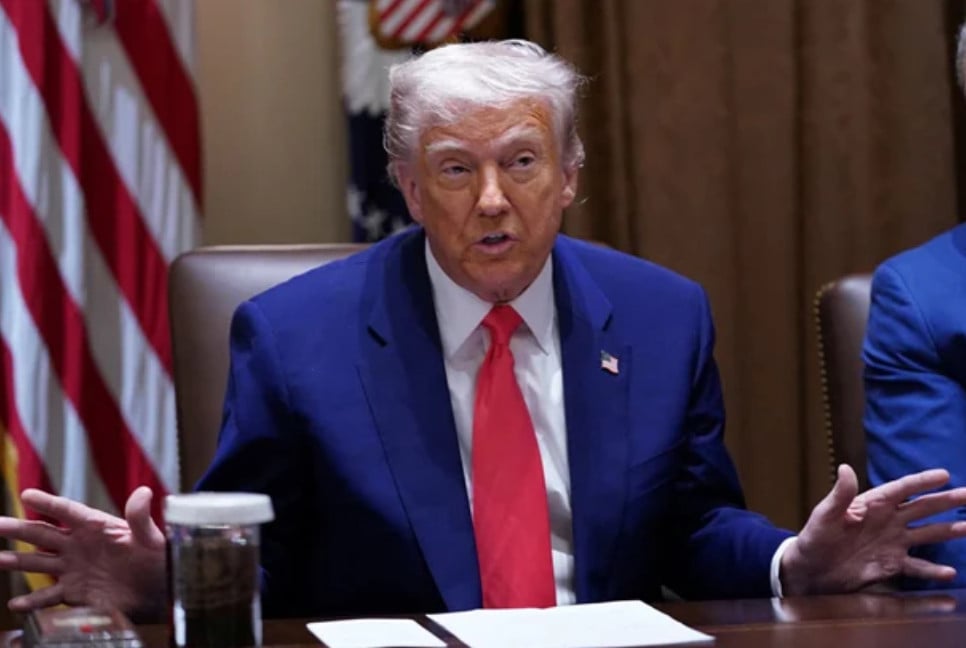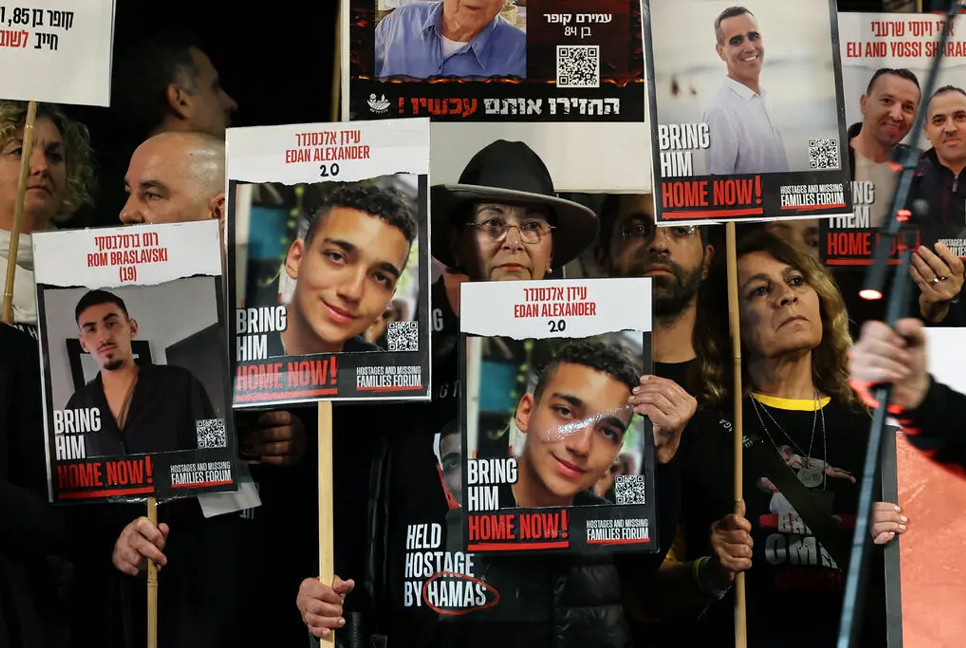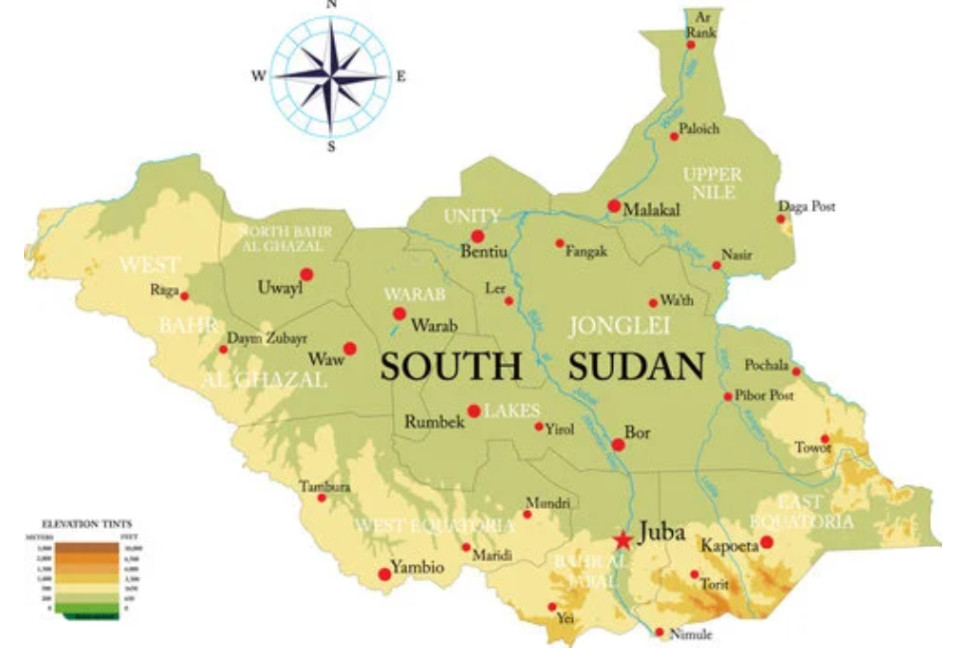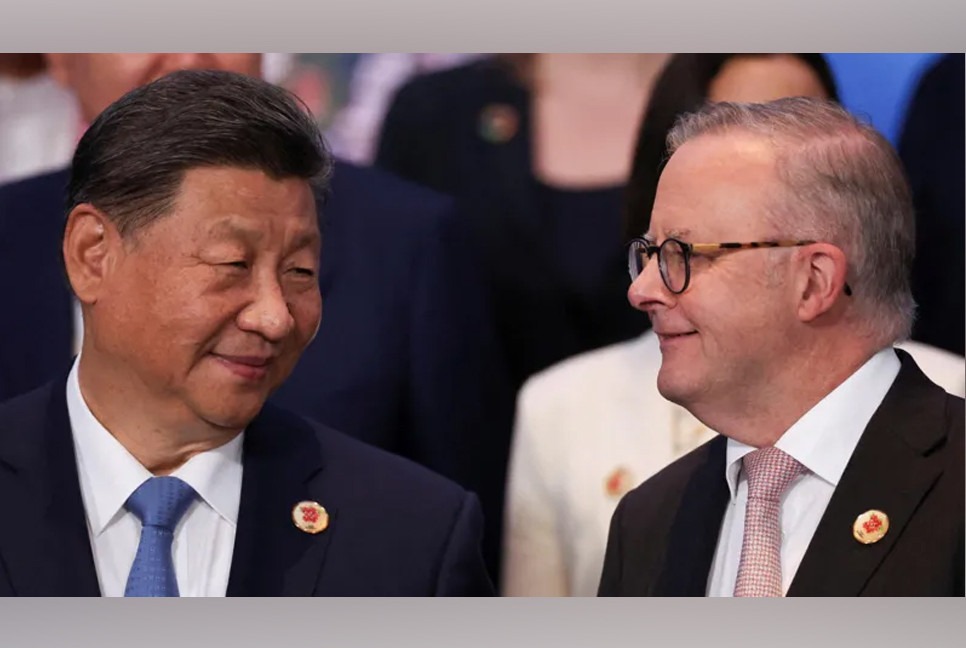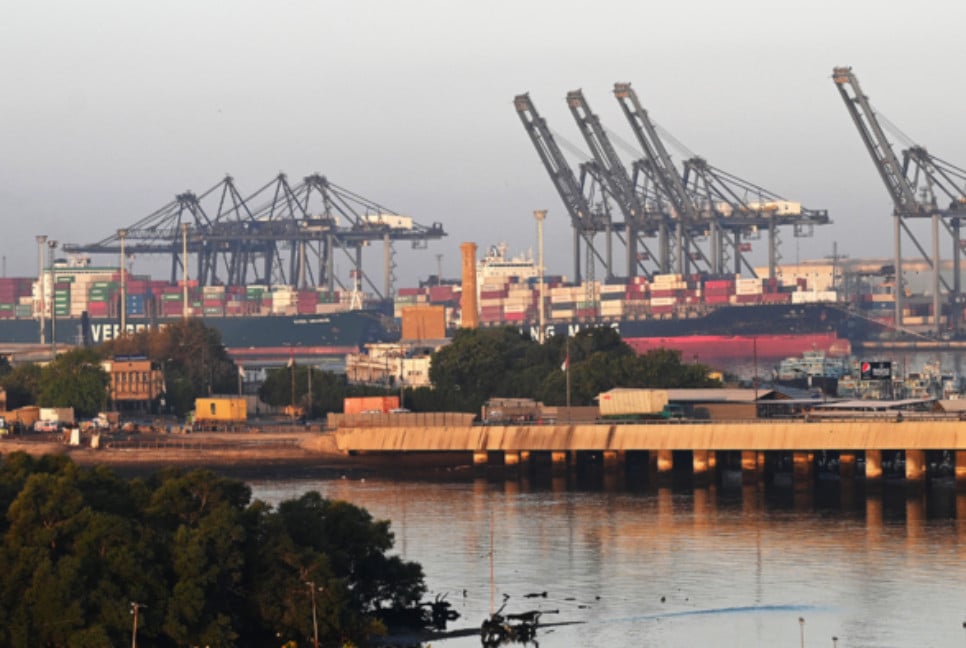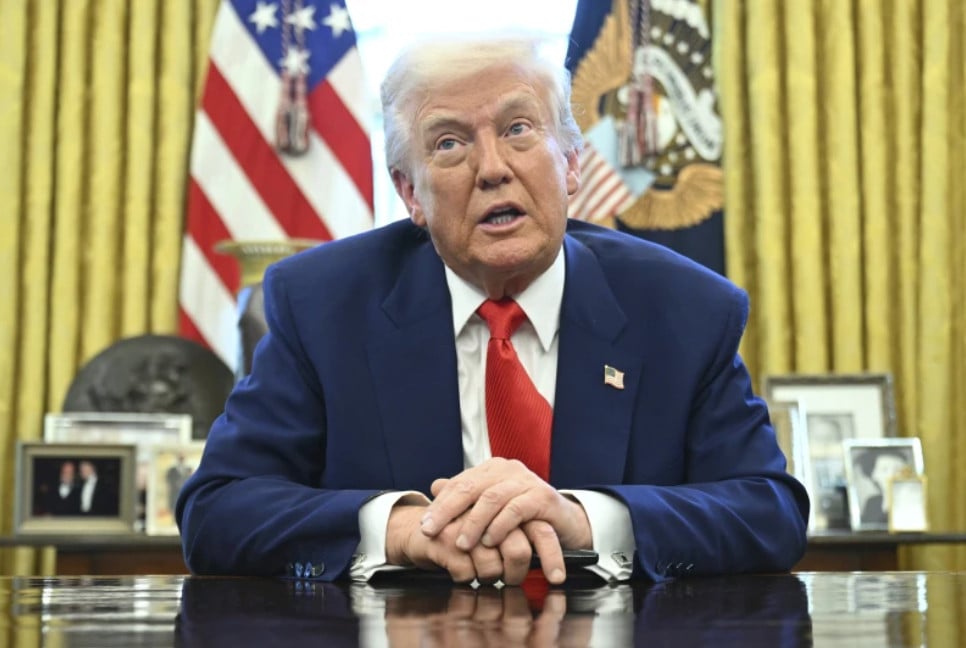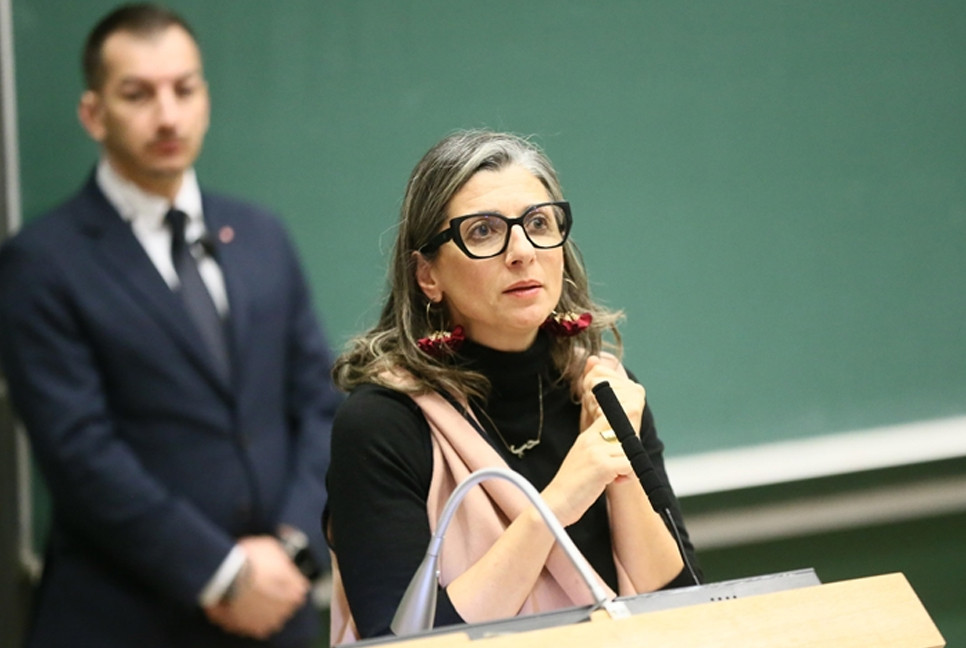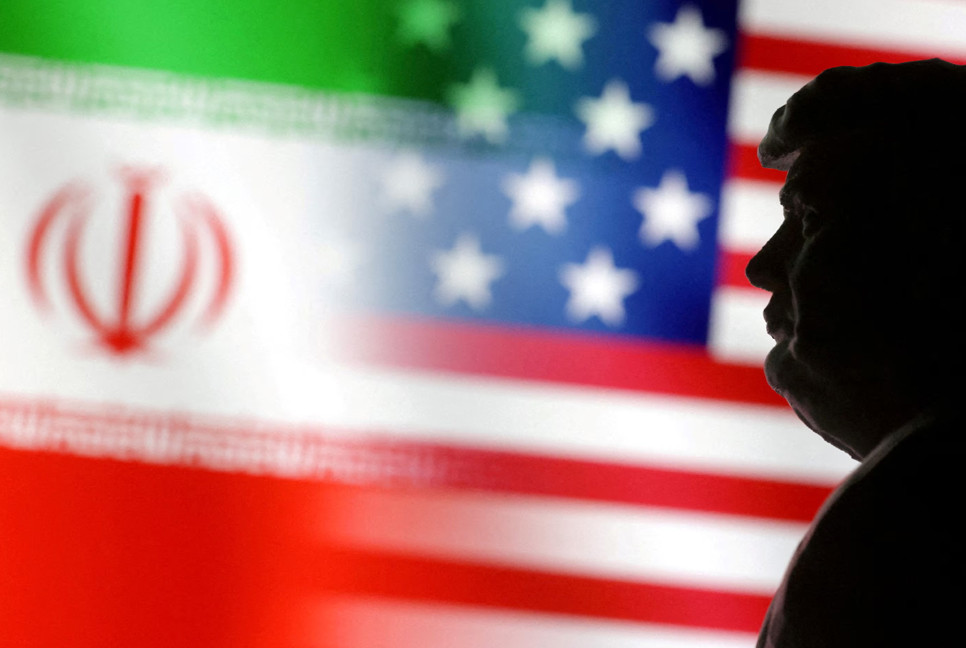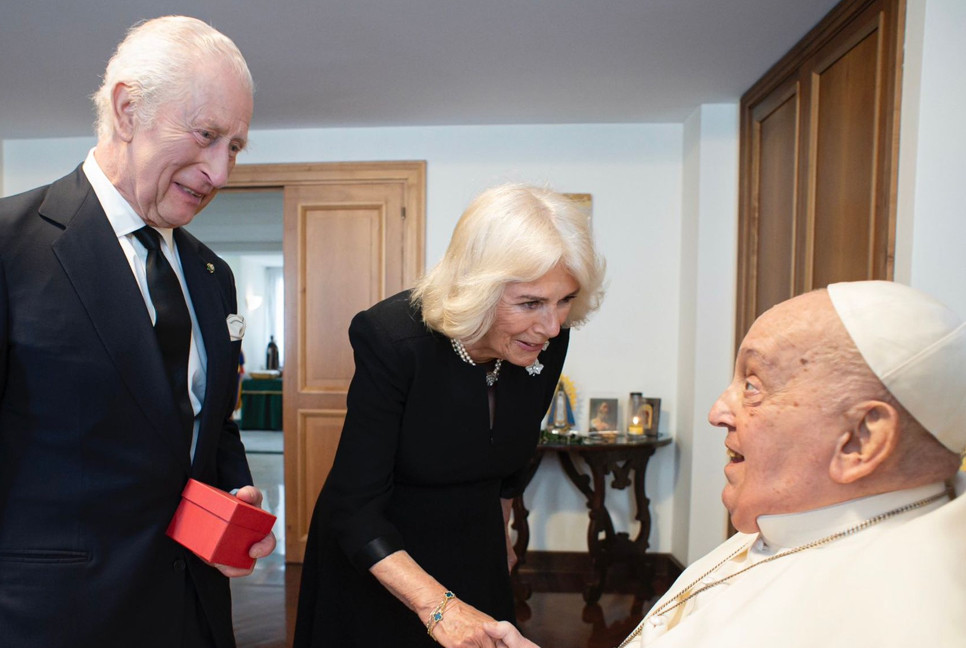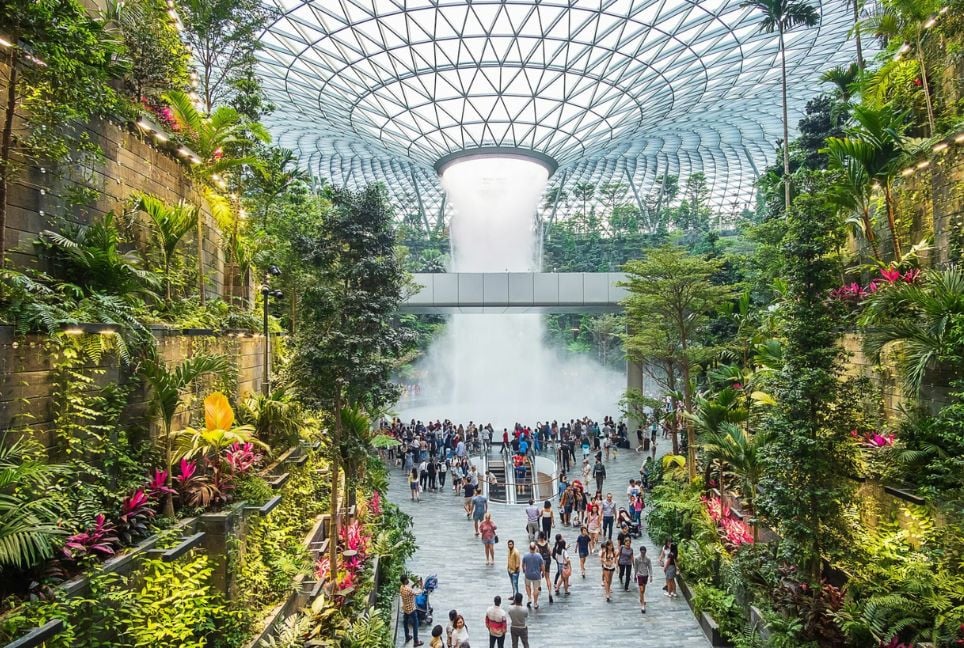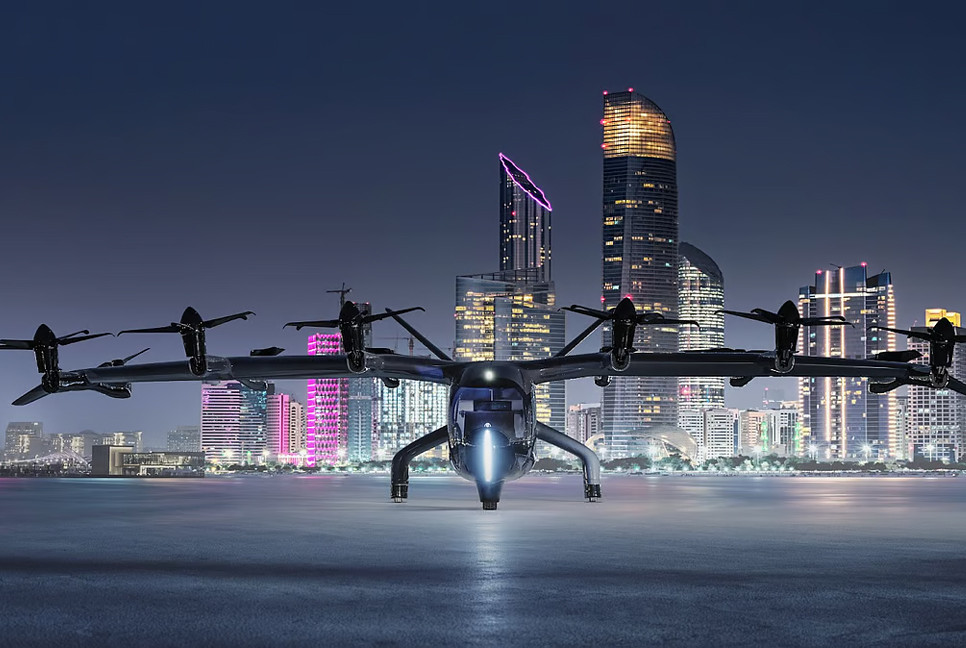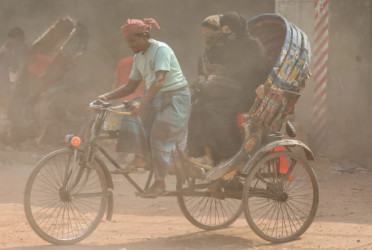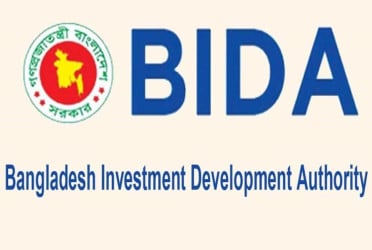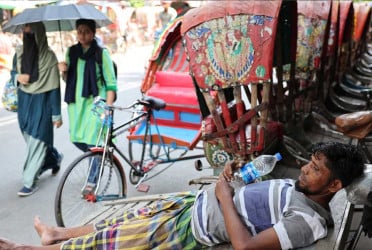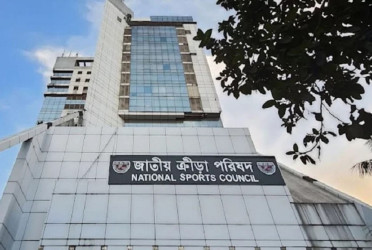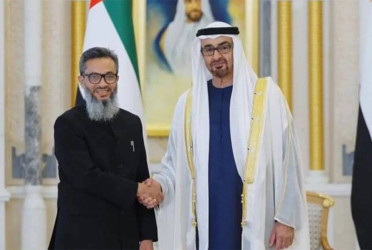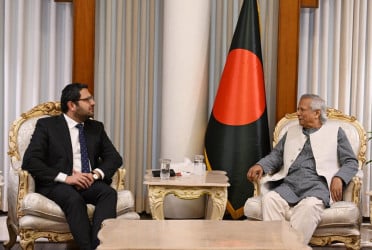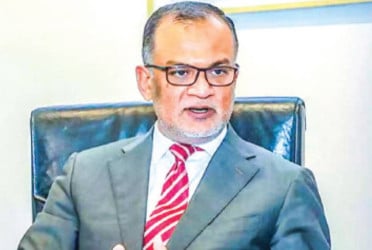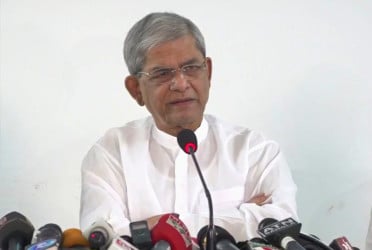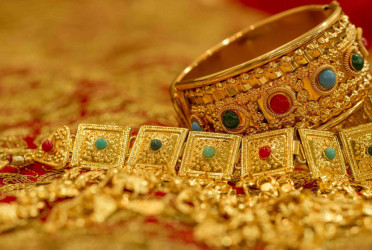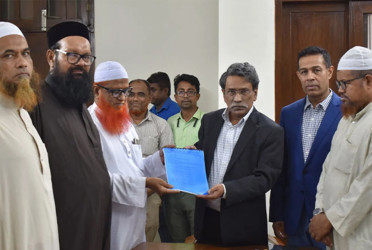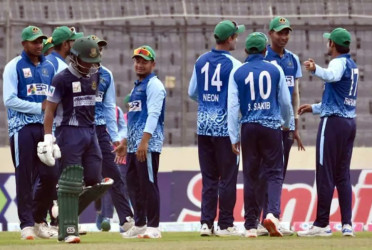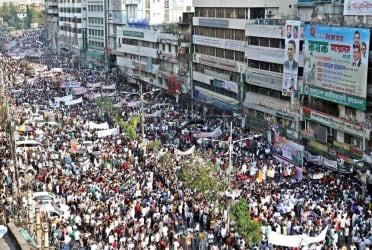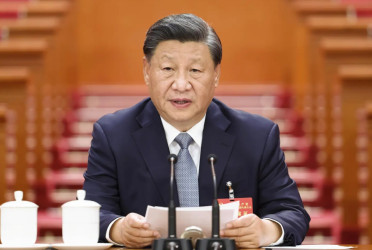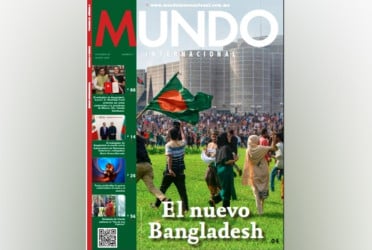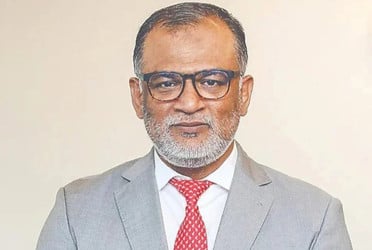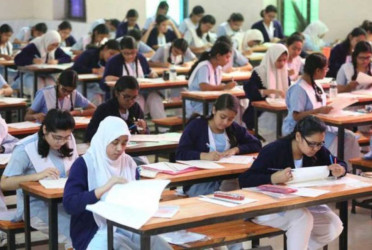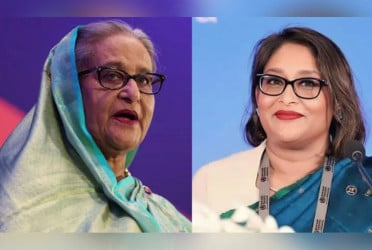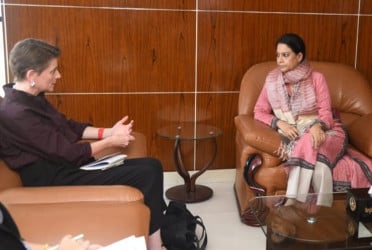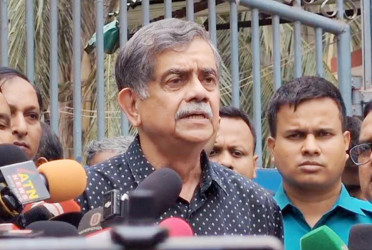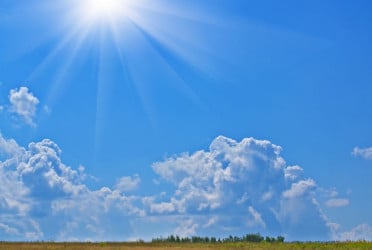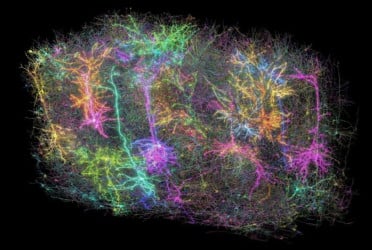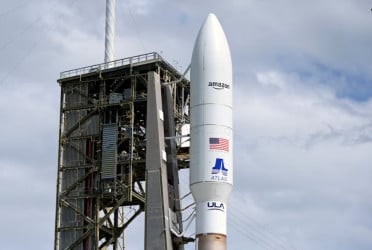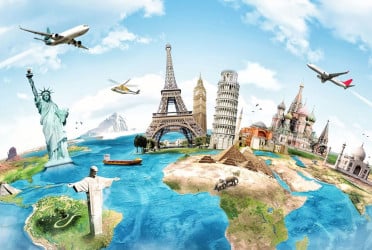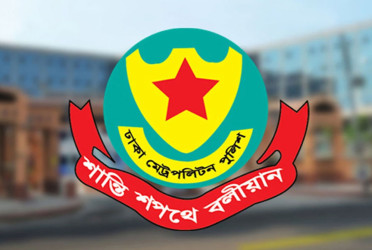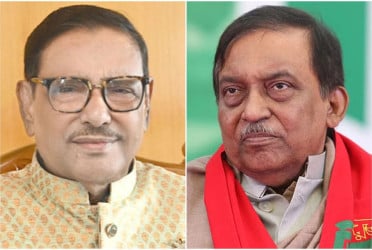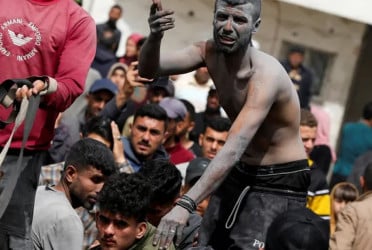The world’s largest religious gathering kicked off on Monday as millions of Hindu devotees gathered on the banks of Ganges in India to mark the beginning of the Maha Kumbh Mela.
The Kumbh Mela pilgrimage takes place every 12 years and is widely seen as the “festival of festivals” in the Hindu religious calendar in India, attended by a vibrant mix of sadhus or holy men, ascetics, pilgrims and tourists. This year’s celebration is particularly significant as the Maha or grand Kumbh Mela only takes places every 144 years, marking the 12th Kumbh Mela and a special celestial alignment of the sun, moon and Jupiter.
More than 400 million people, the biggest crowd in its history, are expected to attend this year’s festivities, which will be held over 45 days in Prayagraj in the northern state of Uttar Pradesh.
Prayagraj is considered particularly holy to Hindus because it is home to Triveni Sangam, the sacred confluence of the Ganges, Yamuna and mythical Saraswati rivers. Over the course of the gathering, there are several shahi san, holy bathing days when the devotees immerse themselves in the waters in the belief it will purify the soul.
The exact origin of the Kumbh Mela is debated among historians, but Hindus believe it goes back to the legend of Samudra Manthan, or the churning of the ocean, described in ancient scriptures as when Lord Vishnu spilled drops of the elixir of immortality from his kumbh, or urn, at four spots on Earth – believed to be the Indian cities of Prayagraj, Haridwar, Ujjain and Nashik.
Each of these sacred locations has hosted the Kumbh Mela on a rotational basis for centuries, but the Prayagraj event is considered the most important and spectacular.
In the buildup to the festival, which will continue till 26 February, fervent colourful processions have marked the arrival of the 13 akharas, the ancient monastic sects of warrior sadhus who travel from across the country to participate in the spectacle. There has historically been fierce competition and bloodshed between the akharas, whose members have fought violently on many occasions and died in their thousands over who gets to take part in the holy bathing ritual first.
The festival is viewed by many as a potent – and politically advantageous – symbol of Hindu unity and power, and this year’s celebrations are expected to be the most expensive on record, backed by vast state resources and a huge PR campaign.
According to reports, the chief minister of Uttar Pradesh, the hardline Hindu monk Yogi Adityanath, and his BJP state government have spent more than 70bn rupees (£670m) on infrastructure and sanitation projects for the Maha Kumbh Mela, while the faces of Adityanath and the country’s prime minister, Narendra Modi, have been splashed on promotional material for the festival nationwide.
Source: The Guardian
Bd-pratidin English/Lutful Hoque

